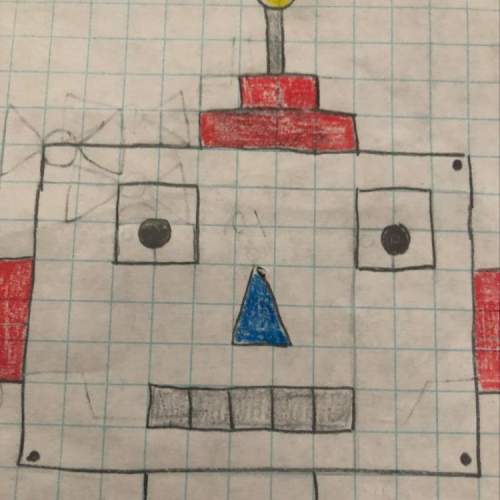
Mathematics, 14.07.2019 17:30 nakeytrag
With these two 4. tyler is writing a coordinate proof to show that a diagonal of a rectangle divides the rectangle into two triangles that have equal areas. he starts by assigning coordinates to a rectangle. then he uses these coordinates to write an expression for the area of each triangle formed by the diagonal. what is the area of one of the triangles formed by the diagonal of the rectangle? enter an expression in the box for the area of the triangle. 5. amira is writing a coordinate proof to show that the area of a triangle created by joining the midpoints of an isosceles triangles is one-fourth the area of the isosceles triangle. she starts by assigning coordinates as given. enter your answers, in simplest form, in the boxes to complete the coordinate proof. point q is the midpoint of de , so the coordinates of point q are (a, b). point r is the midpoint of fe , so the coordinates of point r are ([ ], b). in δdef , the length of the base, df , is [ ], and the height is 2b, so its area is [ ]. in δqrp , the length of the base, qr , is [ ], and the height is b, so its area is ab. comparing the expressions for the areas proves that the area of the triangle created by joining the midpoints of an isosceles triangle is one-fourth the area of the triangle. in advance. explain.

Answers: 2


Other questions on the subject: Mathematics


Mathematics, 21.06.2019 18:50, firenation18
The table represents a function. what is f(-2)? a.-3 b. -1 c.1 d.3
Answers: 1

Mathematics, 21.06.2019 20:30, jmcd10
Create a question with this scenario you could ask that could be answered only by graphing or using logarithm. david estimated he had about 20 fish in his pond. a year later, there were about 1.5 times as many fish. the year after that, the number of fish increased by a factor of 1.5 again. the number of fish is modeled by f(x)=20(1.5)^x.
Answers: 1

Mathematics, 21.06.2019 21:30, swordnewsnetwork
Which of the following disjunctions is true? 4 + 4 = 16 or 6 - 5 = 11 4 · 3 = 7 or 3 - 2 = 5 8 - 5 = 13 or 7 · 2 = 12 7 - 4 = 11 or 6 + 3 = 9
Answers: 1
You know the right answer?
With these two 4. tyler is writing a coordinate proof to show that a diagonal of a rectangle divides...
Questions in other subjects:










English, 14.04.2020 21:34




